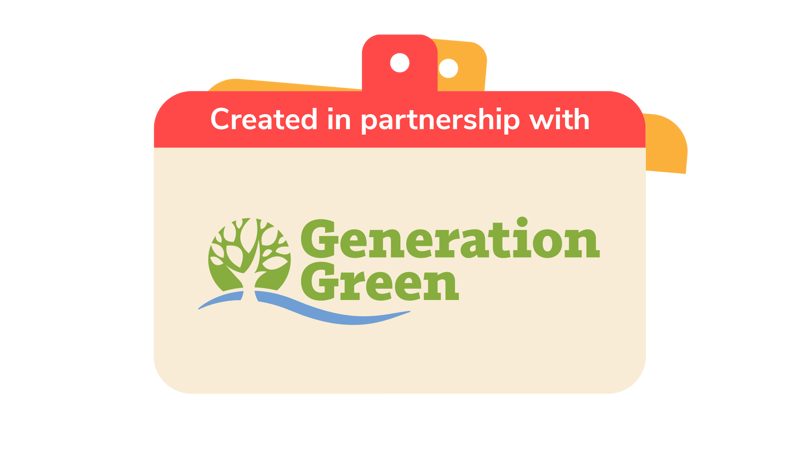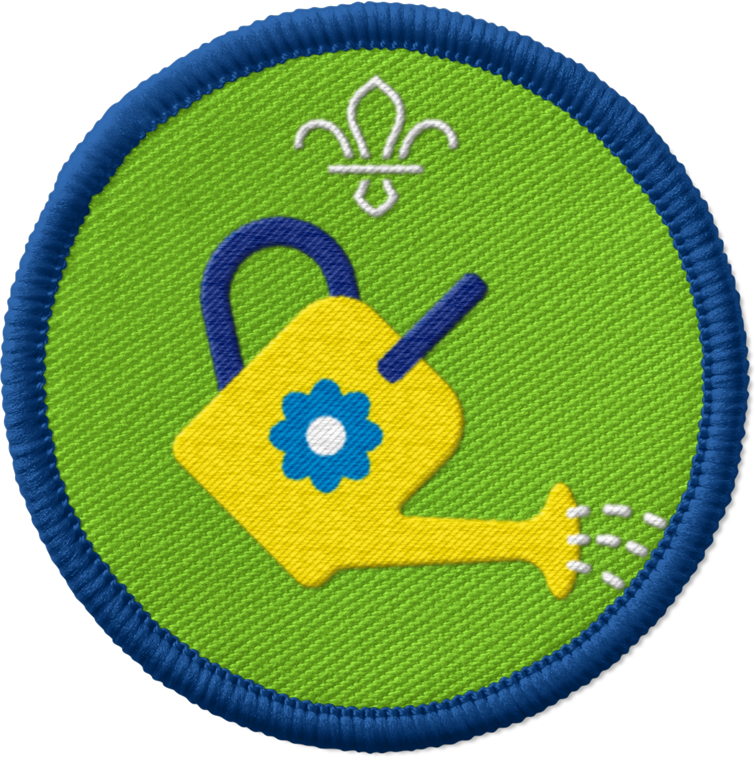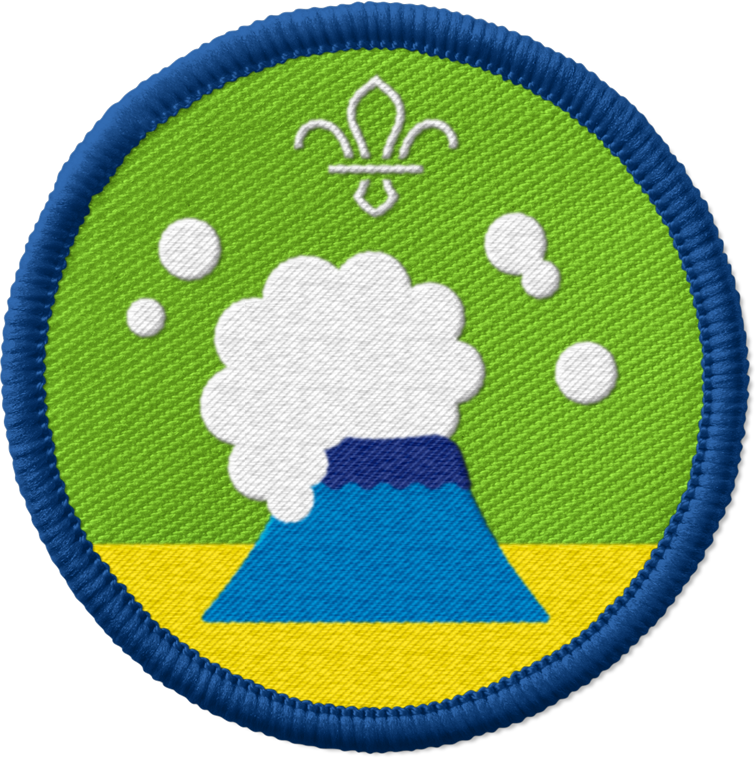
Try a plant-themed science experiment
You’ll need
- Plant pots
- Rulers
- Spoons
- Soil
- Cress seeds
- Watering can
Before you begin
- Use the safety checklist to help you plan and risk assess your activity. There's also more guidance to help you carry out your risk assessment, including examples.
- Make sure all young people and adults involved in the activity know how to take part safely.
- Make sure you’ll have enough adult helpers. You may need some parents and carers to help if you’re short on helpers.
Plant the seeds
- Gather everyone together and explain you’ll be doing a science experiment all about seeds.
- Ask people what seeds need to grow. Some people may already know that plants need air, light, warmth, water, and soil (which includes nutrients and minerals the plant needs – things such as nitrogen and calcium).
- Ask what might happen if a plant didn’t have one of the things it needed.
- Explain that each group will keep their four plants under four different conditions, to see how they grow. This is why it was important they were as identical as possible, so everyone knows any differences are because of how the plants were kept.
- Let everyone get into groups of four and give each group four empty yoghurt pots, a watering can, a spoon, and a ruler – and enough soil and cress to fill each pot.
- Explain how to prepare a pot of seeds. They should fill the pot about three quarters full of soil, sprinkle on the seeds, and add a light layer of soil on top. Then, they should water it.
- Each group should prepare four pots, following the demonstration. They should make sure they’re as identical as possible to make the experiment fairer. For example, they should use the same shape pot, and use the ruler or spoon to measure the amount of soil, amount of seeds, and depth of the seeds.
- Ask everyone to write a team name or draw something on each pot, so that they can recognise it. You could also use coloured dots or stickers.
Prepare the experiment
- Before placing the pots, ask everyone to label each plant with the conditions it’ll be kept in. They should label the plants ‘good conditions’, ‘no water’, ‘no air’, and ‘no light’.
- Everyone should plan how they’ll make sure the plants get the things they’re supposed to.
- The ‘good conditions’ plant should be kept on a sunny windowsill and given a drink of water every day.
- The ‘no water’ plant should be kept on a sunny windowsill and not watered.
- The ‘no air’ plant should be covered in a plastic bag that’s secured by an elastic band – but it should be kept on a sunny windowsill and watered every day.
- The ‘no light’ plant should be kept uncovered in a dark place and watered every day.
- Depending on the group, people may take different plants home, leave them at their meeting place, or give them to a volunteer.
- Ask everyone about what they think will happen to the different seeds. Which do they think will grow and which might not? How might they all be different?
Next time you meet
- Everyone should bring back their plants or collect them at the meeting place.
- Ask the groups to judge whether their plants are healthy. A healthy plant will be standing upright with green leaves.
- Gather together and ask each group to compare their plants. You could all discuss how they look different. The seeds kept in the dark will likely be patchy and pale, and the seeds without any water or air are unlikely to have grown at all.
Reflection
This activity was a chance for everyone to develop science skills. When people set up the experiment why did they have to make sure that all of their pots had the same amount of soil and seeds?
They had to make sure the experiment was fair - all the seeds needed to start the same so people could say that any differences at the end were because the plants were looked after differently (not, for example, that some had more seeds or soil in).
What did people expect to happen? Were there any surprises?
Some people may have thought that seeds don’t grow at all in the dark - were they surprised?
Seeds like the dark soil to germinate (begin to grow and put out shoots), but then they need light to grow strong and green.
This activity was also a chance to value the outdoors. Did people enjoy looking after plants? Great gardeners need to make sure their plants get plenty of air, water, light, and most importantly of all, care.
Safety
All activities must be safely managed. You must complete a thorough risk assessment and take appropriate steps to reduce risk. Use the safety checklist to help you plan and risk assess your activity. Always get approval for the activity, and have suitable supervision and an InTouch process.
- Gardening and nature
Everyone must wash their hands after the activity has finished. Wear gloves if needed. Explain how to safely use equipment and set clear boundaries so everyone knows what’s allowed.
- Rubbish and recycling
All items should be clean and suitable for this activity.
- You can also grow cress on damp kitchen roll on top of shallow trays or lids.
- You could add even more pots - a fifth could have no soil, or too much water. You could even use it to show how fertiliser can help growth. Choose something such as organic liquid seaweed, which is available without chemical additives.
Make it accessible
All Scout activities should be inclusive and accessible.
You could reuse the pots to grow some more seeds (or beans that are ready for planting). Dwarf beans are easy to grow. Tomato, radish, and carrot seeds need a little more care, but they’re fun to grow from seed. Don’t forget to make sure they all have perfect conditions this time!
The group can choose what they’d like to grow. It’s best to pick something that’s easy to grow, for example, sunflowers, sweet peas, nigella and marigolds.



